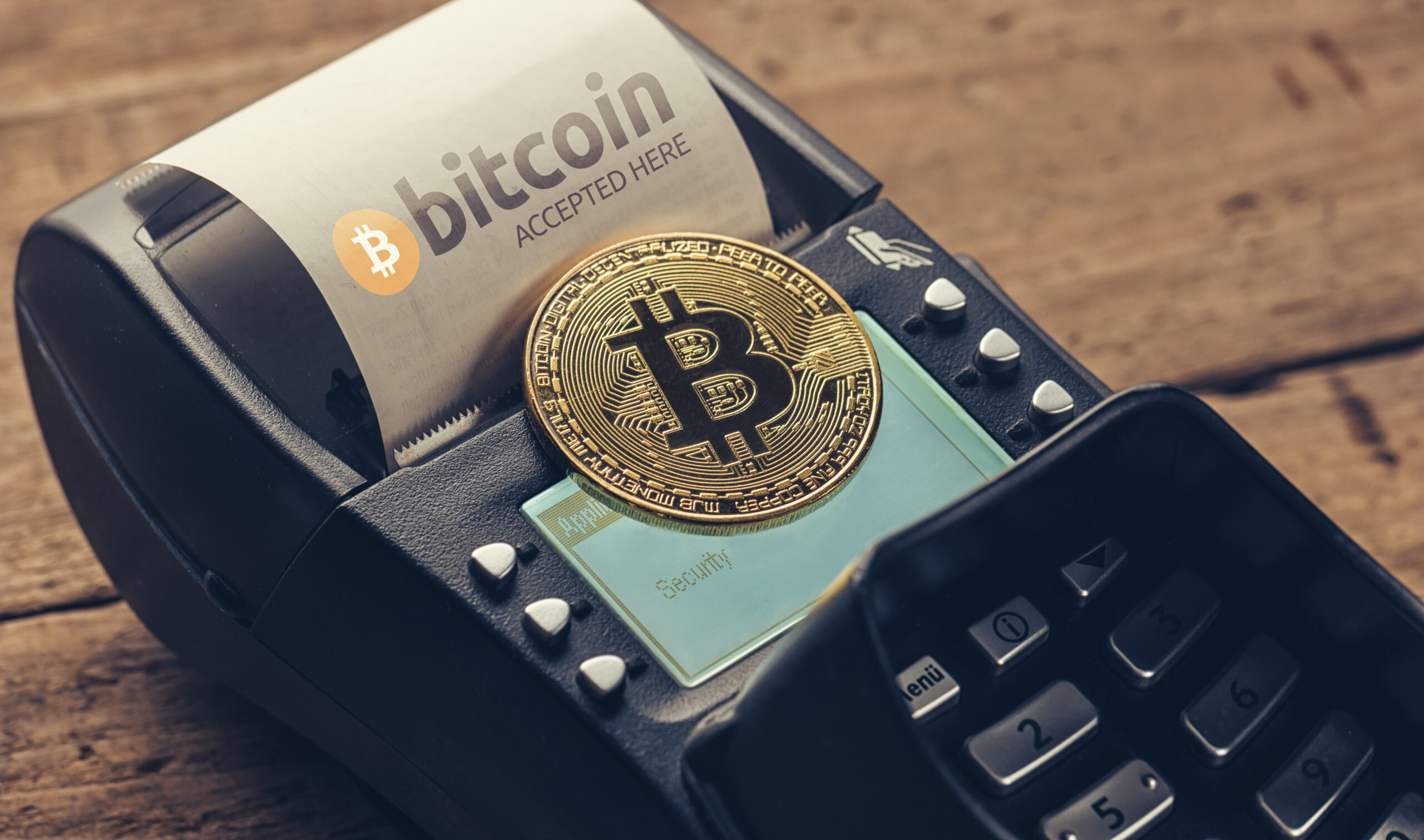In an age where digital transactions and data exchanges proliferate, the importance of robust security measures in blockchain technology cannot be overstated. Blockchain, best known as the backbone of cryptocurrencies like Bitcoin, offers a decentralized ledger system that promises enhanced security and transparency.
However, as this technology becomes increasingly integrated into various sectors — from finance to healthcare — understanding and implementing advanced security measures has never been more critical. This guide aims to take you through seven essential steps to deepen your knowledge of blockchain security, ensuring you’re well-equipped to protect your digital assets and information effectively.
1. Understanding the Basics of Blockchain Technology
Before you can effectively safeguard blockchain systems, it’s crucial to have a solid understanding of how they work. Blockchain is a distributed ledger technology where transactions are recorded in blocks, then linked and secured using cryptography.
This ensures that once a transaction is recorded, it cannot be altered, making blockchain inherently secure. Familiarize yourself with the core concepts of blockchain, including decentralization, consensus mechanisms, and smart contracts. By understanding these foundational elements, you’ll be better positioned to identify potential security threats and protect against them.
2. Keeping Abreast of Emerging Security Threats
In the rapidly evolving landscape of blockchain technology, new security threats emerge with frightening regularity. Staying informed about the latest types of attacks and vulnerabilities is essential for maintaining robust security measures. This includes understanding the nuances of 51% attacks, double-spending, phishing schemes, and smart contract vulnerabilities.
Regularly participating in blockchain security forums, attending webinars, and following thought leaders in the space can help you stay ahead of potential threats. By being proactive and educating yourself on the latest security trends, you can significantly reduce the risks to your blockchain systems.
3. Hiring Professional Help
Despite one’s best efforts to stay ahead of the curve in understanding and implementing blockchain security, the complexity and technical nature of these systems often necessitate professional expertise. The team behind hashlock.com.au explained that hiring professionals who specialize in blockchain security and smart contract auditing can provide an additional layer of protection for your digital assets.
These experts are equipped with the knowledge and tools to identify vulnerabilities that may not be apparent to those less familiar with the intricacies of blockchain technology. Furthermore, they can conduct comprehensive audits of smart contracts, which are critical in preventing security breaches and loss of assets. Engaging with professionals not only fortifies your blockchain security posture but also ensures that your projects comply with emerging regulatory standards and best practices.
4. Implementing Multi-Factor Authentication
For an additional layer of security, implementing multi-factor authentication (MFA) wherever possible is a must. MFA requires users to provide two or more verification factors to gain access to a blockchain network, an app, or a transaction.
This method significantly reduces the risk of unauthorized access, as it combines something the user knows (like a password), something the user has (like a mobile device), and something the user is (like a fingerprint or facial recognition). Ensuring that all access points to your blockchain system leverage MFA can deter even the most determined attackers.
5. Regularly Updating and Patching Systems
Blockchain technologies, like all software, are prone to vulnerabilities that can be exploited by attackers. Regular updates and patches released by developers address these vulnerabilities, making it essential to keep your blockchain systems up to date. Establish a routine schedule to check for and apply updates or patches to your blockchain software and related systems.
This proactive measure can prevent attackers from exploiting known vulnerabilities and help maintain the integrity and security of your blockchain network.
6. Educating and Training Users
One of the often overlooked aspects of blockchain security is the human element. Even the most advanced security protocols can be compromised by user error or negligence. Therefore, educating and training users on best practices for security is crucial.
This includes training on recognizing phishing attempts, securely managing private keys, and understanding the importance of regular software updates. Regular workshops and ongoing training sessions can significantly minimize the risk posed by human error, making them an essential element of a comprehensive blockchain security strategy.
7. Leveraging Decentralized Security Measures
Lastly, leveraging the very essence of blockchain’s strength—its decentralized nature—can play a pivotal role in enhancing security. By distributing data across a network instead of storing it in a central location, blockchain significantly reduces the risk of centralized attacks. Additionally, implementing decentralized security measures like distributed denial-of-service (DDoS) protection mechanisms can ensure that the network remains resilient against attacks that aim to overload systems.
This approach not only fortifies the blockchain’s security but also aligns with the foundational principles of decentralization and distributed ledger technology.
Navigating the complexities of blockchain security necessitates a multifaceted approach, drawing on a deep understanding of blockchain technology, remaining vigilant against emerging threats, and adopting proactive security measures. By integrating these seven steps—ranging from foundational education to the implementation of advanced security protocols and engaging with security professionals—you can significantly enhance the resilience and security of your blockchain systems.
Remember, the strength of blockchain does not solely lie in its technological advancements but also in the collective efforts of its community to uphold security standards and best practices. As blockchain technology continues to evolve and integrate into multiple sectors, prioritizing and continuously refining your security strategies will be paramount to safeguarding your digital assets against the sophisticated threats of the digital age.
Is a freelance tech writer based in the East Continent, is quite fascinated by modern-day gadgets, smartphones, and all the hype and buzz about modern technology on the Internet. Besides this a part-time photographer and love to travel and explore. Follow me on. Twitter, Facebook Or Simply Contact Here. Or Email: [email protected]








Leave a Reply